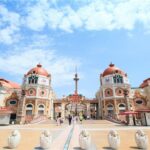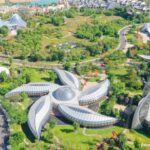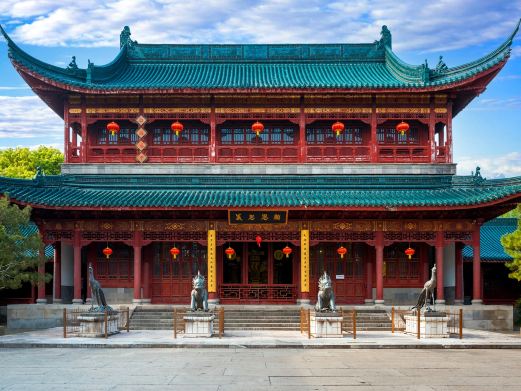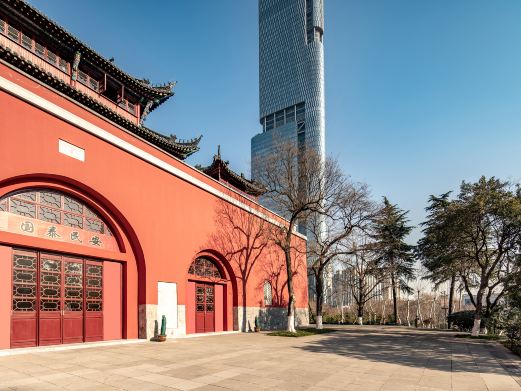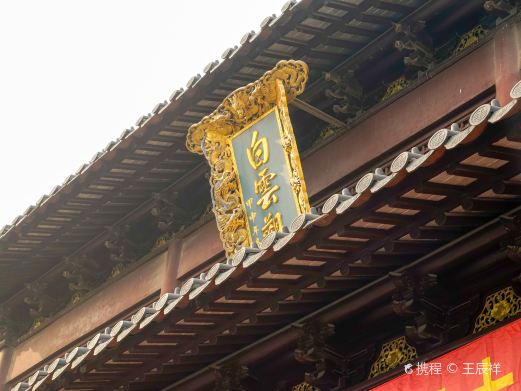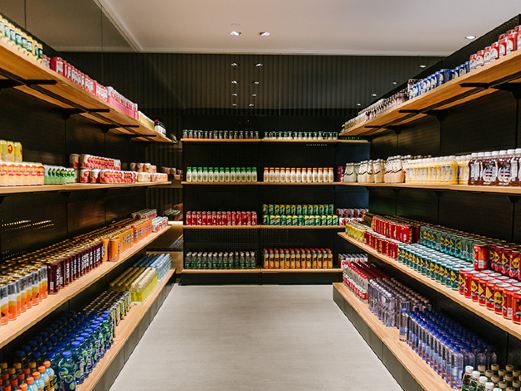The Confucius Temple was built in the Song Dynasty. It is located beside Gongyuan Street on the north bank of the Qinhuai River. It was originally a place to worship Confucius. Later, it was destroyed and rebuilt many times. It is known as one of the four major Confucius temples in China along with the Confucius Temple in Beijing, the Confucius Temple in Qufu, and the Jilin Confucian Temple. It is also a major scenic spot in the Confucius Temple-Qinhuai River Scenic Area.
Folk Art Grand View Garden: There is a Folk Art Grand View Garden in the Confucius Temple. You can watch the on-site production of handicrafts such as lanterns, paper-cuts, and micro-carvings, and listen to local operas and Nanjing Baiju. When entering the Confucius Temple, pay attention to the performance schedule. The performance lasts about 10 minutes. Spring Festival Lantern Festival: Every year from the Spring Festival to the Lantern Festival, the Confucius Temple holds the Spring Festival Lantern Festival (also known as the Qinhuai Lantern Festival or Jinling Lantern Festival). Especially during the Lantern Festival, thousands of lanterns are lit up and tourists are as numerous as the sea. In addition, the Confucius Temple also holds exhibitions and performances such as ‘Yuhuashi Exhibition’, ‘Ancient Etiquette Culture Exhibition’, and ‘Ancient Elegant Music Performance’ from time to time, which is very lively. Architectural Layout of the Confucius Temple: The entire Confucius Temple complex has a Confucian temple in the front and an academy in the back. The layout is symmetrical. From south to north, it forms a central axis of Confucian culture. Crossing the Lingxing Gate and Dacheng Gate is the central temple courtyard. The stone-paved corridor leads directly to the Dacheng Hall. In front of the hall stands a bronze statue of Confucius more than 4 meters high. On both sides of the corridor are white marble statues of the twelve sages. Dacheng Hall: The Dacheng Hall is the main hall of the Confucius Temple. Inside hangs a portrait of Confucius more than 6 meters high, which is known as a masterpiece of Confucius temples in China. On the four walls of the hall are 38 colored stone inlaid murals ‘The Holy Traces of Confucius’, reflecting Confucius’ life story. Folk Art Grand View Garden: Exiting from the back door of the Dacheng Hall, you arrive at the academy, including Mingde Hall, Zunjing Pavilion (that is, the Folk Art Grand View Garden), etc. On the gate is the plaque ‘The No. 1 School in Southeast China’ inscribed by Qin Dashì, the number one scholar in the late Qing Dynasty. On the south side of the academy stand four stone tablets. Among them, the ‘Confucius Asking about Rites Stele’ is particularly famous. It records Confucius’ experience of going from his hometown to Luoyang, the capital of the Zhou Dynasty, to inspect the legal system and can be called the ‘treasure of the temple’. Qinhuai River Snacks: While visiting the Confucius Temple, naturally you should also experience the snacks along the Qinhuai River. There are many restaurants in this area. You must try crab shell yellow烧饼, dried shredded shrimp, beef pot stickers, chicken shredded noodles, duck blood vermicelli soup, etc. In addition, there are also rows of shops here. You can choose some souvenirs with affordable prices and Qinhuai characteristics.Nursing room: Address: There is a nursing room in the scenic area.

Convenience store at the tourist center of East Memorial Archway: There are multiple convenience stores in the scenic area, located near the main road of the scenic area. They can support WeChat and Alipay payments.


